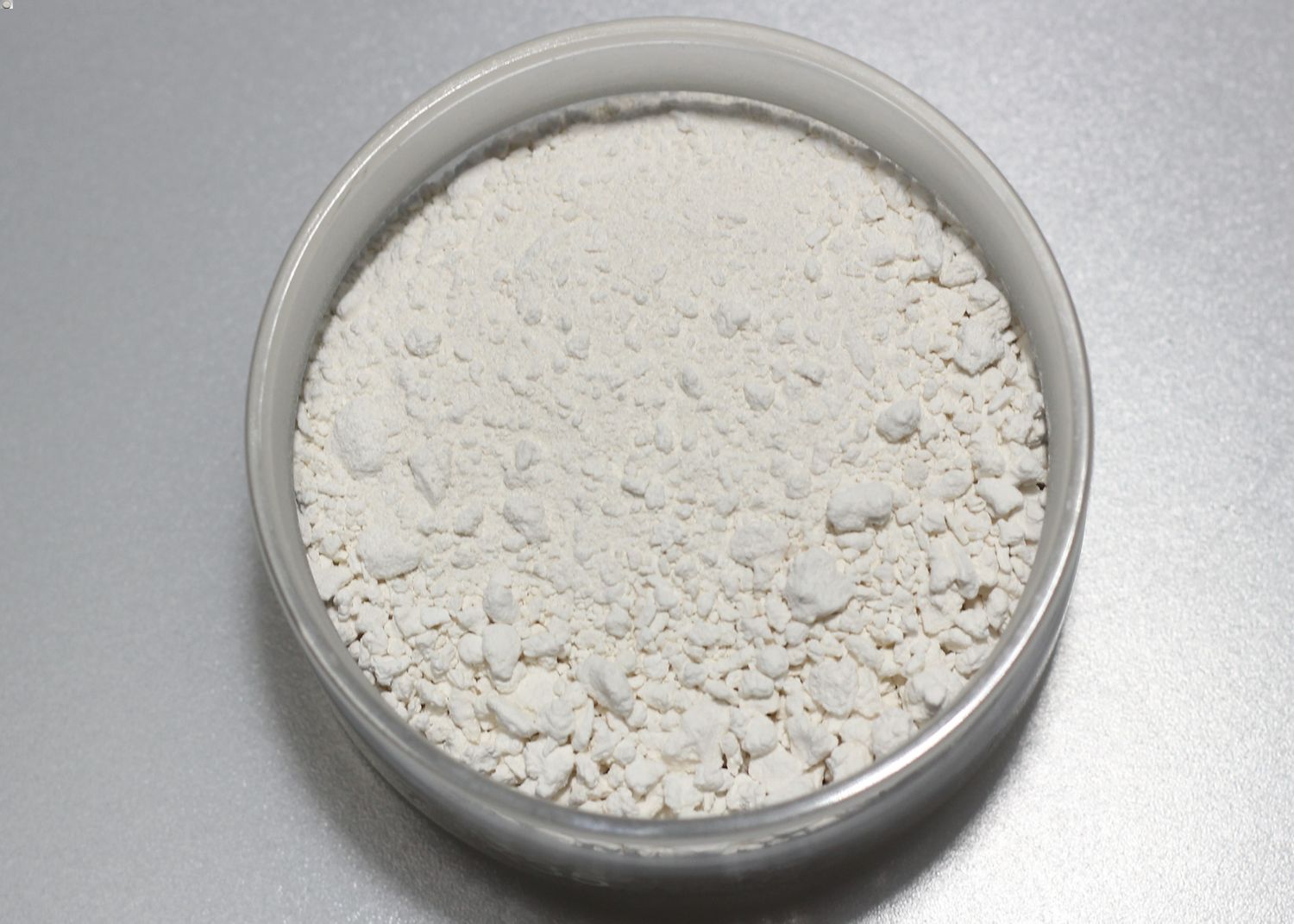
Cerium(III) chloride might sound like something out of a chemistry lab, but it's more common than you think. This compound, also known as cerous chloride, plays a crucial role in various industries. From catalysis in chemical reactions to its use in glass manufacturing, cerium(III) chloride is a versatile player. Did you know it’s also used in organic synthesis and even in some medical applications? Its unique properties make it indispensable in many fields. Whether you're a student, a science enthusiast, or just curious, these 25 facts about cerium(III) chloride will give you a deeper understanding of this fascinating compound.
Key Takeaways:
- Cerium(III) chloride, also known as cerous chloride, is a versatile compound used in organic synthesis, glass production, and metallurgy. It improves stability in polymers and has various industrial applications.
- With a melting point of 848°C, cerium(III) chloride is a white crystalline solid highly soluble in water. It acts as a catalyst in organic synthesis and is used in refining metals and stabilizing polymers.
What is Cerium(III) Chloride?
Cerium(III) chloride, also known as cerous chloride, is a chemical compound with the formula CeCl3. It is a white or off-white solid that is highly soluble in water. This compound has various applications in chemistry and industry.
- Cerium(III) chloride is often used as a catalyst in organic synthesis.
- It is a common reagent in the preparation of other cerium compounds.
- This compound is used in the production of certain types of glass and ceramics.
- Cerium(III) chloride can be used to improve the stability of polymers.
- It is also utilized in the field of metallurgy for refining metals.
Physical Properties of Cerium(III) Chloride
Understanding the physical properties of cerium(III) chloride helps in its application across different fields. Here are some key physical attributes.
- Cerium(III) chloride appears as a white or off-white crystalline solid.
- It has a melting point of 848°C (1,558°F).
- The boiling point of cerium(III) chloride is approximately 1,727°C (3,141°F).
- It is highly soluble in water, making it easy to work with in aqueous solutions.
- The compound has a density of 3.97 g/cm³.
Chemical Properties of Cerium(III) Chloride
The chemical properties of cerium(III) chloride make it a versatile compound in various chemical reactions.
- Cerium(III) chloride is hygroscopic, meaning it readily absorbs moisture from the air.
- It forms hydrates, the most common being CeCl3·7H2O.
- The compound can act as a Lewis acid, accepting electron pairs during reactions.
- It reacts with bases to form cerium hydroxide.
- Cerium(III) chloride can be reduced to metallic cerium using strong reducing agents.
Applications in Organic Synthesis
Cerium(III) chloride plays a significant role in organic chemistry, particularly in synthesis reactions.
- It is used in the Luche reduction, a method for reducing ketones to alcohols.
- The compound helps in the formation of carbon-carbon bonds in organic molecules.
- Cerium(III) chloride is employed in the synthesis of complex natural products.
- It can catalyze the formation of ethers from alcohols.
- The compound is also used in the preparation of organocerium reagents.
Industrial Uses of Cerium(III) Chloride
Beyond the laboratory, cerium(III) chloride has several industrial applications.
- It is used in the production of specialty glass, enhancing its optical properties.
- The compound is involved in the manufacturing of ceramics with improved thermal stability.
- Cerium(III) chloride is used in the refining of metals, particularly in removing impurities.
- It helps in the stabilization of polymers, making them more durable.
- The compound is also used in the production of certain types of catalysts for industrial processes.
Final Thoughts on Cerium(III) Chloride
Cerium(III) Chloride, a fascinating compound, plays a crucial role in various scientific and industrial applications. From its use in organic synthesis to its role in catalysis, this compound proves its versatility. Its unique properties make it indispensable in fields like electronics, optics, and even medicine. Understanding these facts about Cerium(III) Chloride not only broadens our knowledge but also highlights the importance of rare earth elements in modern technology. Whether you're a student, a researcher, or just curious, these insights into Cerium(III) Chloride offer a glimpse into the world of chemistry and its impact on our daily lives. Keep exploring, stay curious, and appreciate the wonders of science that shape our world.
Frequently Asked Questions
Was this page helpful?
Our commitment to delivering trustworthy and engaging content is at the heart of what we do. Each fact on our site is contributed by real users like you, bringing a wealth of diverse insights and information. To ensure the highest standards of accuracy and reliability, our dedicated editors meticulously review each submission. This process guarantees that the facts we share are not only fascinating but also credible. Trust in our commitment to quality and authenticity as you explore and learn with us.
